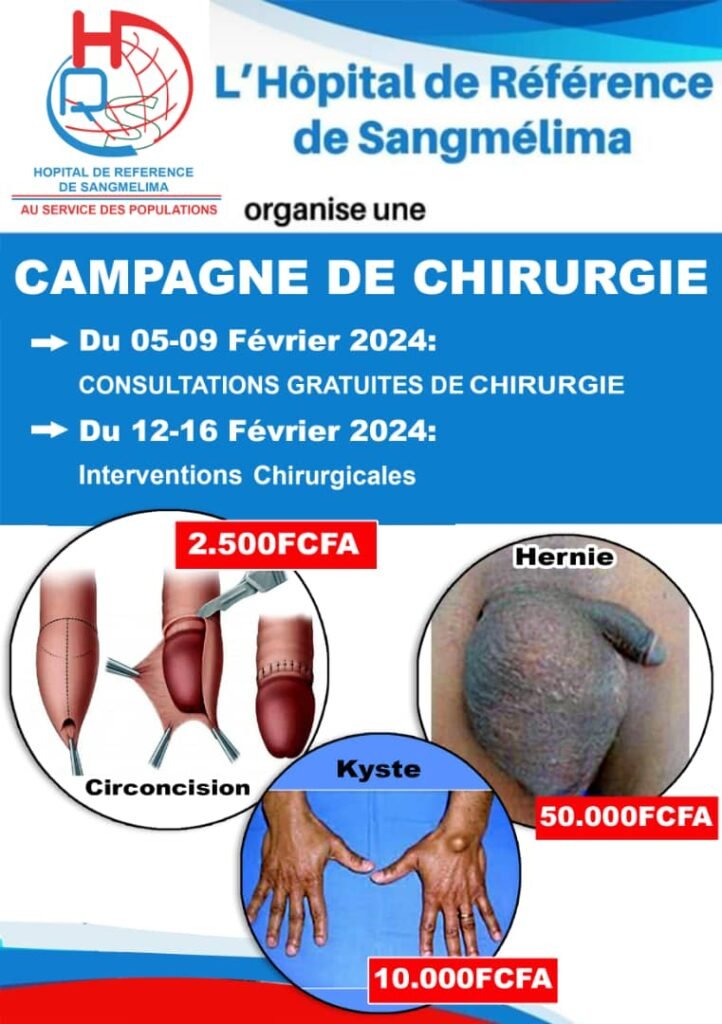overage and results of early infant diagnosis among babies followed up using the prevention of mother to child transmission cohort monitoringstrategy in the centre region of cameroon
- Tumasang1*, E. Muna, S. Kadia, K. E Tshimwanga, Esa, B. A Bakor P.Tih1
INTRODUCTION
According to UNAIDS, 180,000 children were infected with HIV in 2017 and about 80% of them are from the priority countries. Cameroon is among those 22 priority countries in which prevention of mother to child transmission (PMTCT) of HIV is sub-optimal. In 2013, only 24% of exposed infants
had a Polymerase Chain Reaction (PCR) test done by the age of 8 weeks. The PCR positivity rate in the Centre Region was 5.5% in 2016. It has been shown that appropriate interventions could reduce the risk of mother to child transmission of HIV from 20-45% to less than 5%. To attain this level of reduction, appropriate interventions among which the PCR test on all exposed infants should be done between 6- 8 weeks. The Cameroon operational plan (2018-2022) for the elimination of mother to child transmission has as objective to attain a less than 2% and less than 5% of PCR positivity rate at 8 weeks and 24 months respectively. To contribute in the attainment of this national objective, Cameroon Baptist Convention Health Board(CBCHB) developed the strategy of Cohort Monitoring for close follow up of the HIV infected mothers and their HIV exposed infants(HEI). This study presents the results of the pilot phase of the implementation of the PMTCT Cohort Monitoring strategy in the Centre Region of Cameroon.
METHODOLOGY
This was a descriptive cross-sectional study in 29 high volume health facilities in the Centre Region. All HIV exposed infants (HEI) seen in labor and delivery and in post-natal care services were systematically enrolled in the infant cohort monitoring register. Each enrolled infant was assigned to their birth cohort and a specific cohort monitor followed the said cohort to ensure that the infant underwent all the prescribed EID tests and the outcome test at 18 months. This study focuses on data collected from October 2017 to June 2019 cohorts.
RESULTS
1,913 children were enrolled in 19 infants cohorts constituted during the study period. Among those children, 1,830 (95.7%) received ARV prophylaxis within 72 hours of birth and 1,425 (74.5%) received Cotrimoxazole between 6 weeks and 8 weeks of age. Of the enrolled infants, 1,698 (88.8%) had their first PCR (PCR1) sample collected by eight weeks. 1,639 (96.5%) result were returned and documented in the facility among which 29 (1.8%) were positive. Twenty-three (79.3%) of the positive infants were initiated on ARV among which 22 (95.7%) were initiated within one week. Also, of the 139 (7.3%) who had their first PCR sample collected after eight weeks of age, all results were returned with two positives (1.4%) and both infants were initiated on ART within one week. The rest of the 76 (4.0%) infants enrolled exited their cohorts before their first PCR.
CONCLUSION
PMTCT Cohort Monitoring gives the opportunity for a close follow up of HIV exposed infants leading to early detection of infected infants and their immediate enrolment on ART. PMTCT CM should be scale up to all PMTCT health facility in view of attaining the aforementioned nationalobjective of PMTCT.
Keywords: HIV, PMTCT, Cohort Monitoring, HEI, EID

















